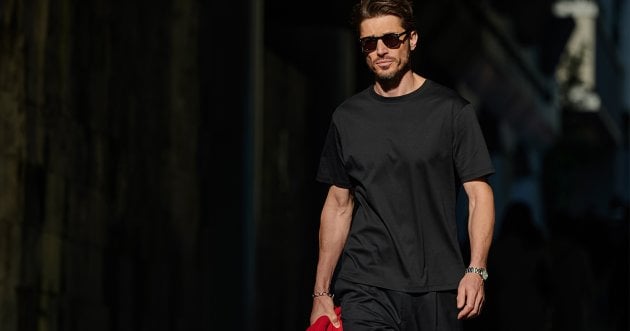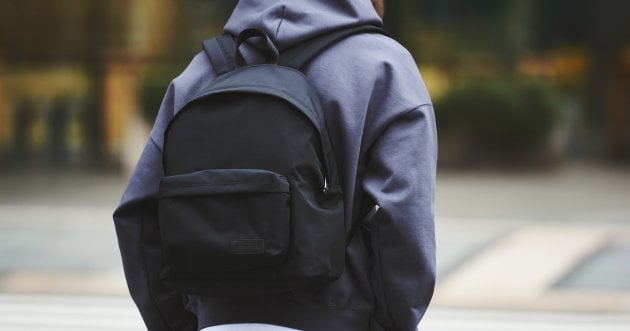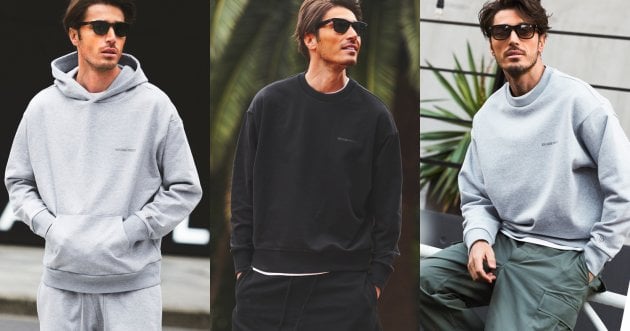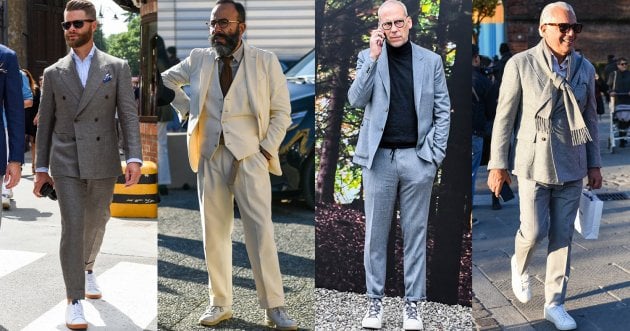
With the recent boom in men’s beauty, the number of men who are concerned not only about skin care but also about sun exposure has increased dramatically, and it is now common to see men not only wearing sunscreen but also holding parasols here and there. While it is good to take measures against sunburn, it is important to find at least a minimum level of knowledge about sunscreen, because you will not be able to reap the maximum benefits if you make mistakes in how you apply and choose sunscreen. In this article, we will introduce the key points of applying sunscreen to the face, the meanings of SPF, PA, etc., and recommended products all in one place!
Suponsered by
What does it mean to apply sunscreen in the first place?
Although suntanning is often associated with turning the skin brown, and some people burn their skin with fashionable intentions, as typified by the “gyaru” culture that was popular in the 1990s, the root of the problem is ” skin burns. It is what is called skin inflammation. If the degree of sunburn becomes too strong, not only does the skin become dark, red, and sore, but it may also peel off the skin. Although such short-term damage tends to stand out, too much exposure to the sun without taking proper precautions against sunburn causes UV rays to reach deep into the skin, which accumulates and produces various symptoms. Specifically, it can cause irreversible medium- and long-term damage such as age spots, wrinkles, and sagging skin. To begin with, ultraviolet rays do not affect the human body only during the summer months; they are present 365 days a year in varying doses. It is important to make it a habit to actively apply sunscreen in other seasons as well, rather than worrying about sunburn only in the summer.
When is the best time to apply sunscreen? What is the order when it comes to skin care?
Basically, it is best to apply before going out and 5 minutes after finishing skin care. Allowing 5 minutes after skincare allows lotion and milky lotion to penetrate the skin’s keratinized layer, which improves the application of sunscreen. The correct order is to apply sunscreen after applying lotion and emulsion as the last step of skincare. If makeup is to be applied, it is advisable to start applying a makeup base after applying sunscreen. It is also said that the best time to apply sunscreen is about 30 minutes before going out, allowing time for the sunscreen to set on the skin to maximize its effect. Sunscreen does not remain effective once applied, so it is recommended to reapply frequently while out in the sun. It is recommended that sunscreen be reapplied ” once every 2 to 3 hours ” as it will come off due to perspiration and friction.
Proper Application of Sunscreen on the Face
When applying sunscreen to the face, instead of spreading it on the palm of the hand like lotion or milky lotion before applying, the correct way is to take the sunscreen out of the hand with fingers, place it on 5 areas on the face, and then spread it. As shown in the illustration, the basic method is to place it on the five points ” forehead, nose, right cheek, left cheek, and chin. Incidentally, the appropriate amount of sunscreen to take on your hand is about the size of a 500-yen coin (about 0.8 g). Sunscreen can be put on the palm of the hand, but it is recommended to put it in the hollow between the thumb and forefinger on the back of the hand, as it will remain on the hand.
When extending the sunscreen, go outward!
Once placed on the five points on the face, blend the sunscreen with your hands as you stretch it outward. At this point, it is important to note that it is recommended to spread the sunscreen as if you were stamping it on the skin, rather than rubbing it on with your fingertips. Once the sunscreen is evenly distributed over the entire face, it is best to apply a layer on the nose, forehead, and other areas prone to burns.
Be especially careful to apply to points where you are likely to forget to apply or apply unevenly.
Special care should be taken to apply sunscreen to areas where it is difficult to spread, unevenly distributed, or easily forgotten, such as the hairline of the forehead, nose, and eye sockets. The inside of the chin and the gills are also easy to forget to apply sunscreen, so make sure to apply it thoroughly.
Meaning of “SPF” and “PA,” the standard indexes for sunscreen
SPF” and “PA” are written on sunscreen packages. These two indices indicate the strength of protection against damage caused by ultraviolet rays, but there is a fundamental difference in the types of ultraviolet rays that can be prevented. Ultraviolet rays, which are solar rays, are mainly divided into three types: “UV-A,” “UV-B,” and “UV-C.” Since “UV-C” rarely reaches the surface of the earth, the two types that are relevant to sunburn are “UV-A” and “UV-B. The following is an explanation of “SPF” and “PA,” which are indicators of protection against these types of radiation.
“SPF”.
SPF stands for “Sun Protection Factor,” which indicates the time it takes for the sunscreen to lose its effectiveness, and indicates the protection against “UV-B.” UV-B is ultraviolet rays that cause skin irritation. The SPF is followed by a number, ranging from 2 to 50, with the higher number often being labeled as “50+”. The higher the number, the greater the sustained protection against ” UV-B “. In other words, when going out for a long time, you should choose one with a higher number as much as possible. Incidentally, it is generally said that sunburn symptoms begin to appear approximately 20 minutes after exposure to ultraviolet rays, and SPF values are determined based on this 20-minute period. For example, SPF 10 means that the sunscreen lasts for 200 minutes (20 minutes x 10), and the higher the SPF value, the longer the skin can be exposed to UV damage. As mentioned above, it is recommended to reapply once every 2 to 3 hours as it tends to fall off due to perspiration and friction.
PA ” Protection Grade of UVA
PA” stands for “Protection Grade of UVA” and indicates the protection against “UV-A.” UV-A is a type of UV rays that are released on the sun’s surface on a daily basis. UV-A” refers to ultraviolet rays that cause the skin to darken quickly after exposure to the sun. UV-A is characterized by its ability to pass through the epidermis and reach the dermis, causing damage to the core of the skin, leading to spots, wrinkles, and sagging. The higher the number of “+”, the higher the protection against UV-A.
The higher the number of SPF and PA, the greater the damage to the skin caused by the sunscreen, so it is recommended to use the best sunscreen for the situation, how long you will be exposed to ultraviolet rays, and your skin type. The following image is a rough reference for how to choose the values according to the scene.
SPF 10-20, PA+” for short outings such as a walk or a little shopping
・SPF 30 or more, PA+++” for light outdoor sports and leisure activities
・SPF 50 or more, PA++++” for outings under the hot sun, outdoor scenes, marine activities, etc.
Are sunscreens for men and women different in effectiveness?
The main difference between sunscreens for men and women lies in ” functionality. Men are said to produce about twice as much sebum on their skin as women, and some products may cause excessive oiliness and stickiness. For this reason, many sunscreens for men are developed with alcohol ingredients. This makes the products less sticky and has a refreshing texture. In terms of fragrance, many men’s sunscreens are unscented or fresh for those who do not like the smell of sunscreen, while women’s sunscreens tend to have a sweet floral scent. However, many sunscreens for women are designed to be used as a prelude to applying makeup. For this reason, many sunscreens for women are also designed to be used as a makeup primer. Men who do not normally use cleansers should be aware that sunscreens with a primer function often require cleansing when removing them.
2/2GO TO NEXT PAGE
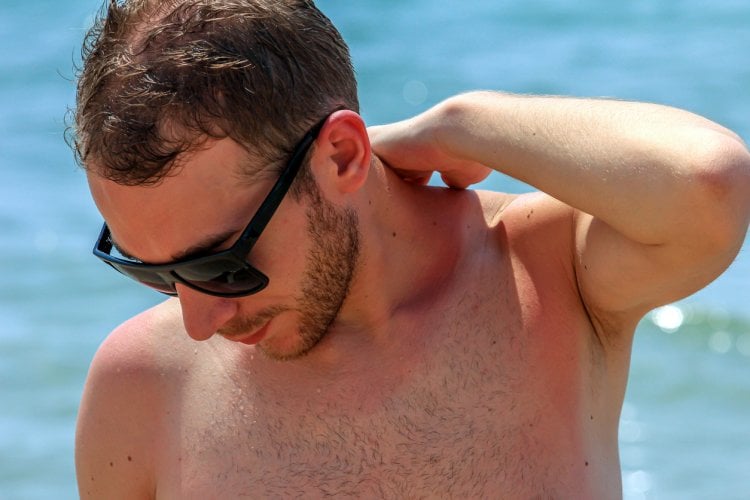
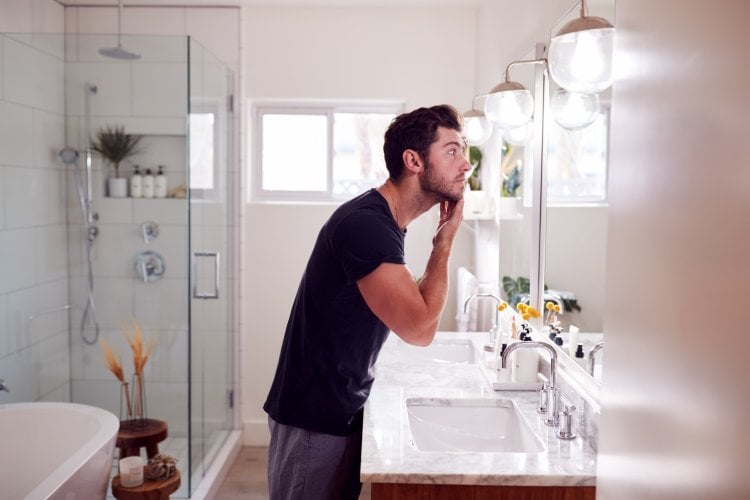
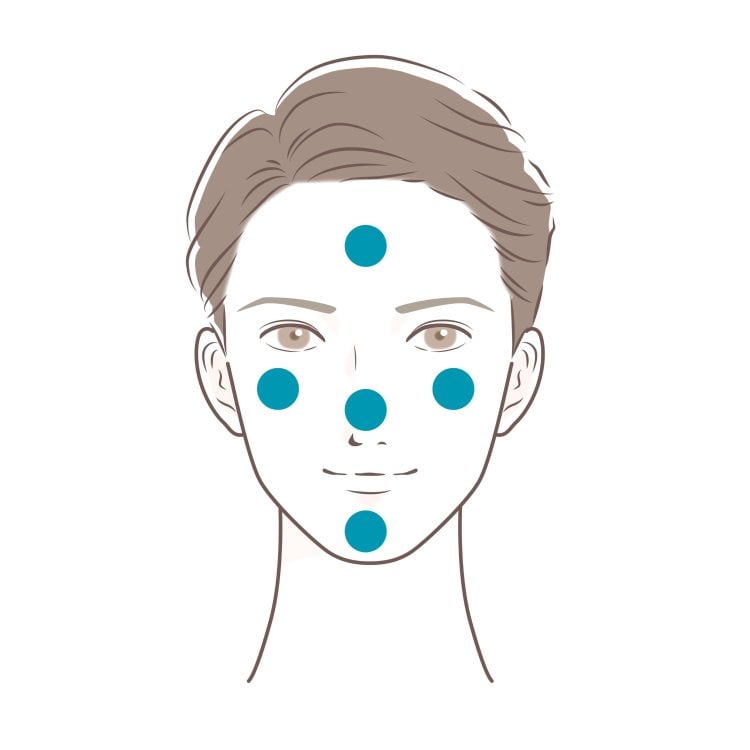
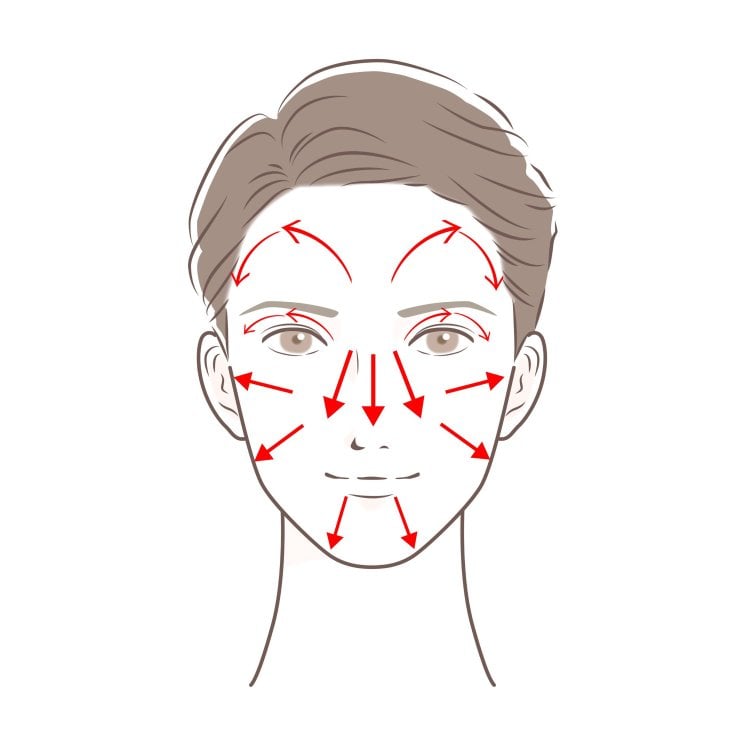

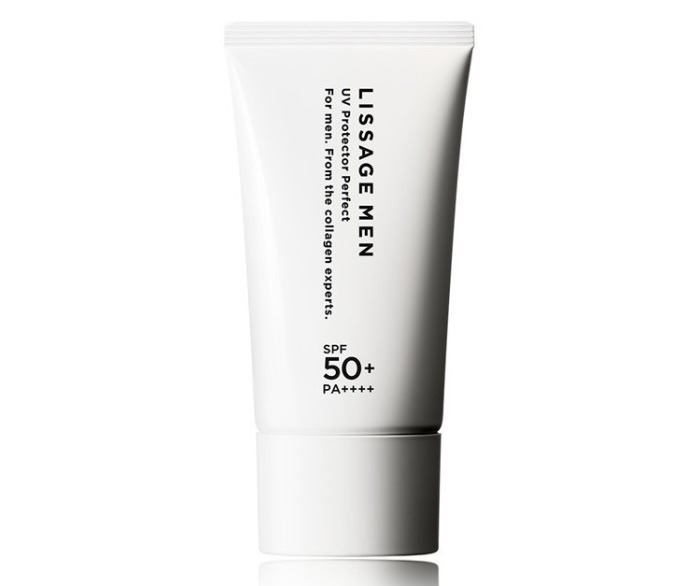
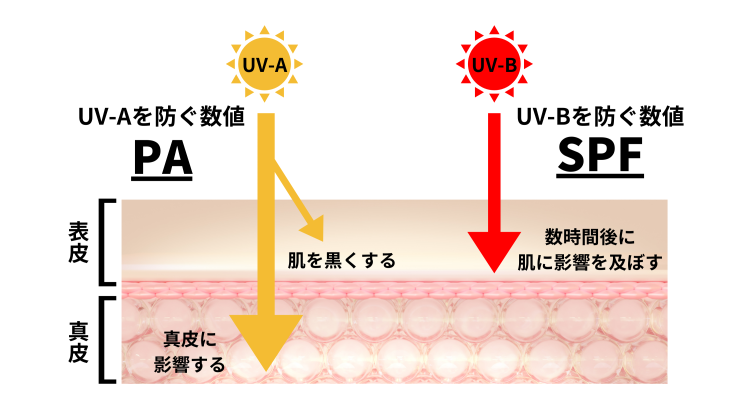
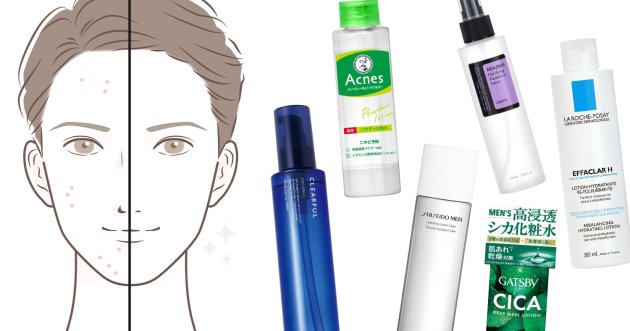
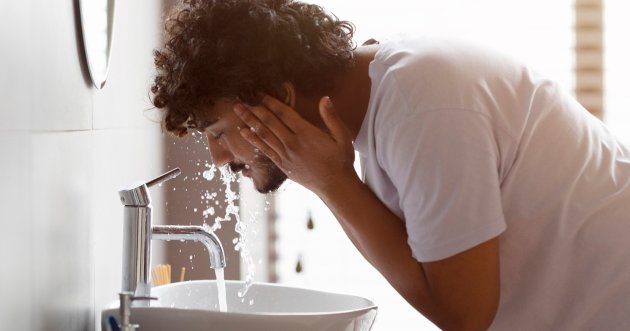
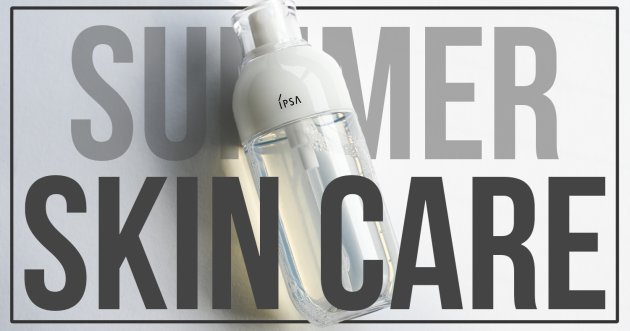
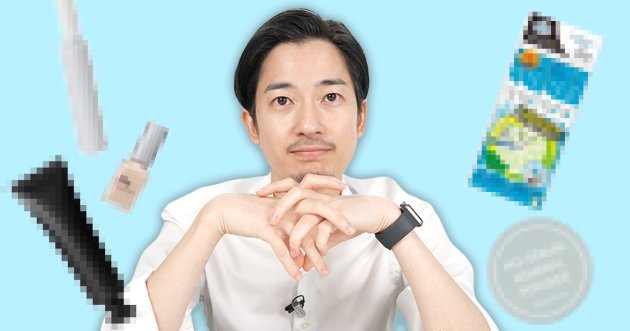
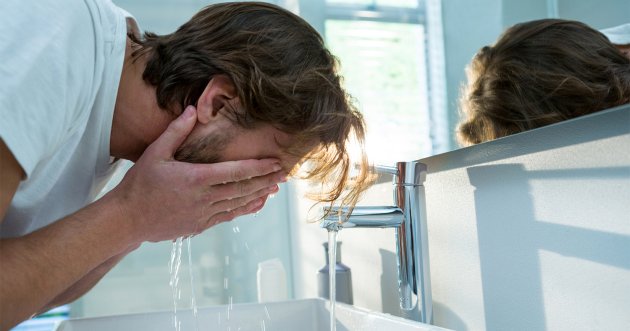
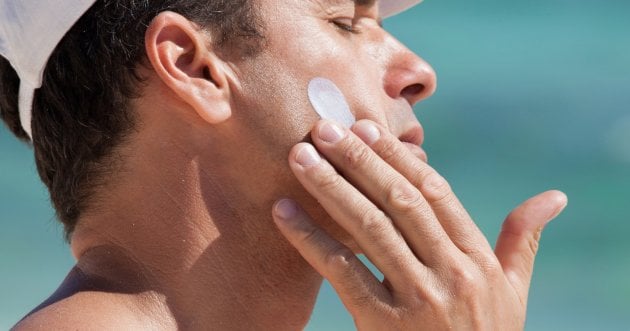
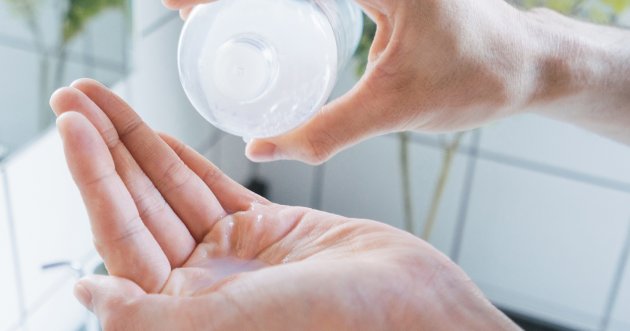
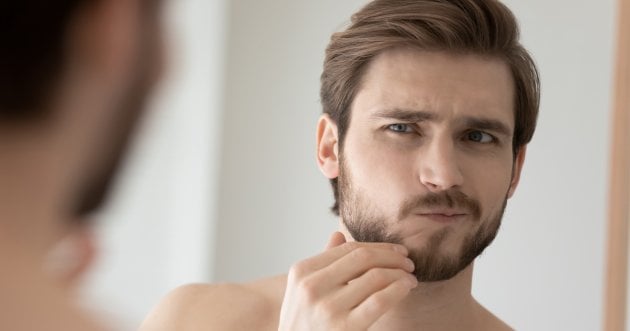
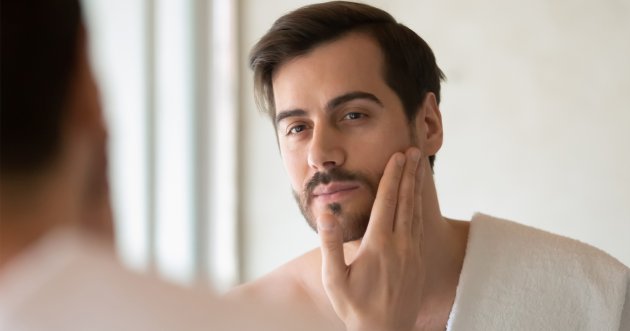
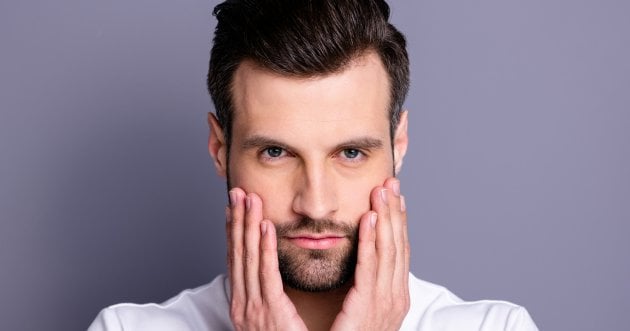
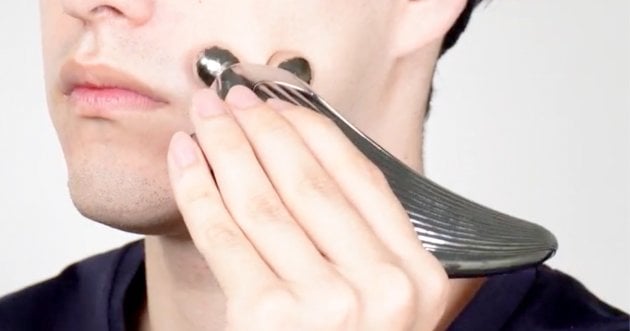
![Characteristics of Men’s Skin & Skincare Items to Use [20s].](https://otokomaeken.com/wp-content/uploads/2022/04/1221-630x331.jpg)
